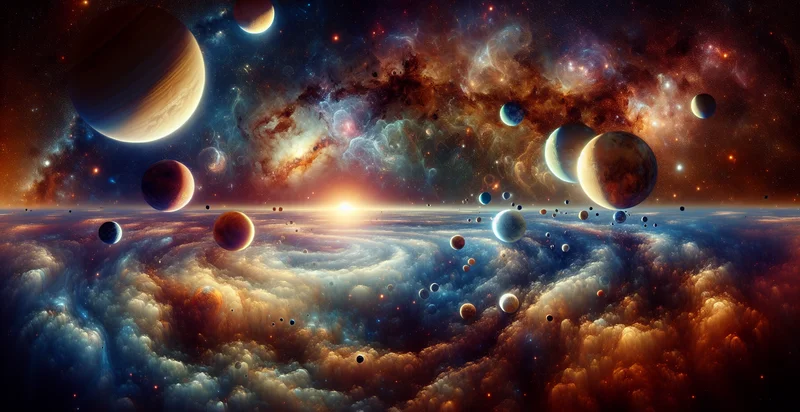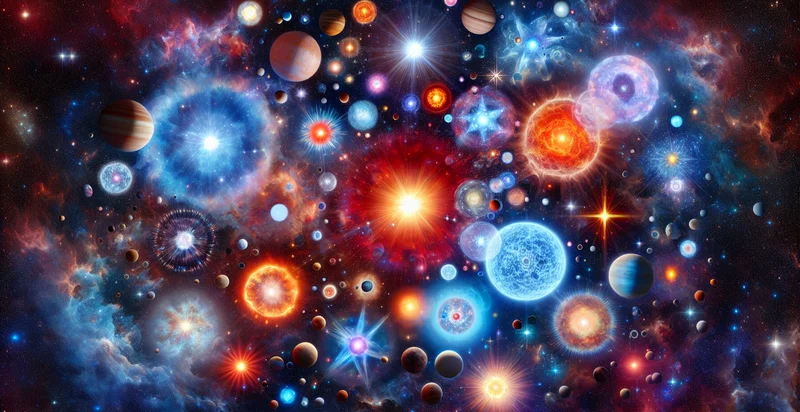Identify meteor showers
using AI
Below is a free classifier to identify meteor showers. Just upload your image, and our AI will predict when meteor showers will peak. - in just seconds.

Contact us for API access
Or, use Nyckel to build highly-accurate custom classifiers in just minutes. No PhD required.
Get started
import nyckel
credentials = nyckel.Credentials("YOUR_CLIENT_ID", "YOUR_CLIENT_SECRET")
nyckel.invoke("meteor-showers", "your_image_url", credentials)
fetch('https://www.nyckel.com/v1/functions/meteor-showers/invoke', {
method: 'POST',
headers: {
'Authorization': 'Bearer ' + 'YOUR_BEARER_TOKEN',
'Content-Type': 'application/json',
},
body: JSON.stringify(
{"data": "your_image_url"}
)
})
.then(response => response.json())
.then(data => console.log(data));
curl -X POST \
-H "Content-Type: application/json" \
-H "Authorization: Bearer YOUR_BEARER_TOKEN" \
-d '{"data": "your_image_url"}' \
https://www.nyckel.com/v1/functions/meteor-showers/invoke
How this classifier works
To start, upload your image. Our AI tool will then predict when meteor showers will peak..
This pretrained image model uses a Nyckel-created dataset and has 20 labels, including Alpha Aurigids, Alpha Centaurids, Aurigids, Comae Berenicids, December Meteors, Delta Aquarids, Draconids, Eta Aquarids, Geminids and January Meteors.
We'll also show a confidence score (the higher the number, the more confident the AI model is around when meteor showers will peak.).
Whether you're just curious or building meteor showers detection into your application, we hope our classifier proves helpful.
Related Classifiers
Need to identify meteor showers at scale?
Get API or Zapier access to this classifier for free. It's perfect for:
- Astronomy Research Validation: Researchers can use the meteor showers identifier to filter and validate images collected from telescopes and satellites. This can help in distinguishing genuine astronomical phenomena from misclassified objects, enhancing the quality of astronomical data.
- Public Awareness Campaigns: Educational institutions and organizations can implement this function in campaigns to engage the public with astronomy. By accurately identifying meteor showers in images shared on social media, they can raise awareness and interest in celestial events, encouraging attendance at viewing parties.
- Online Astronomy Tools: Astronomy apps and websites can integrate the meteor showers identifier to enhance user experience. By allowing users to upload images for analysis, the tool can provide insights about specific meteor showers, making it a fun educational feature.
- Data Quality Control for Observatories: Observatories can leverage this function in their image analysis workflows to maintain high data quality. By automatically filtering out false classifications in image datasets, it ensures that only meaningful data is processed for research and archival purposes.
- Astronomy Education Platforms: Educational platforms can implement the identifier to create interactive learning experiences for students. By using real images of meteor showers, educators can foster hands-on activities that help students better understand meteor phenomena.
- Content Moderation for Astronomy Forums: Online astronomy communities can utilize the meteor showers identifier to moderate user-generated content. This functionality would assist in filtering out irrelevant images, enabling members to focus on genuine discussions and sharing of meteor shower events.
- Augmented Reality Experiences: Companies developing augmented reality applications can use the identifier to enhance user interactions with their environment during meteor showers. By accurately identifying and overlaying information about meteor showers in real-time, users can enjoy an enriched stargazing experience.


